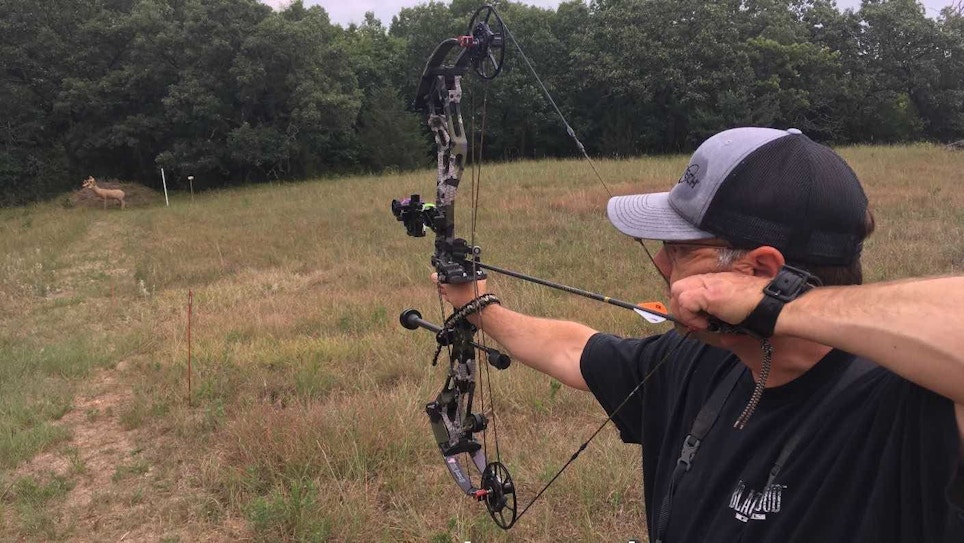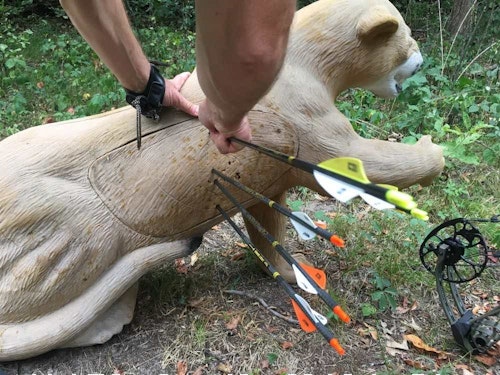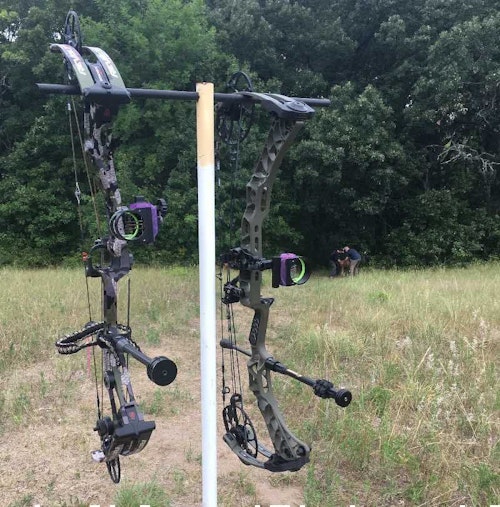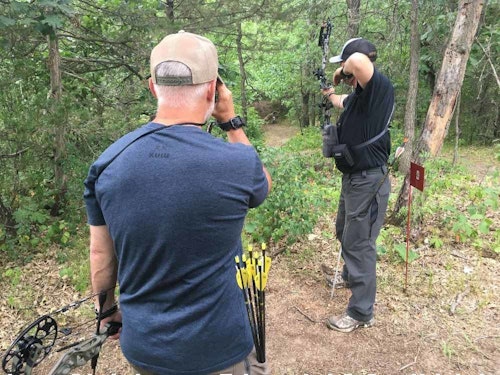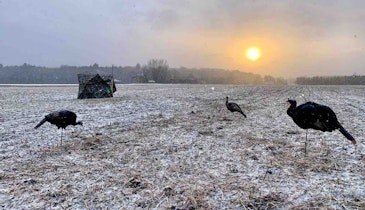Some bowhunters wait until right before opening day to begin practicing. Of course, any practice is better than none at all, but to maximize your chance of making a quick, clean kill on a big game animal, it’s best to shoot regularly in the weeks — even months — leading up to opener.
Shooting at bull’s-eyes will likely make up the bulk of your range time, either at the archery shop, in your backyard, or at the local archery range. This practice is certainly valuable, but to really prepare for bowhunting season you should mix in plenty of 3-D target shooting.
With this in mind, I’ve joined two of my bowhunting buddies at a private sportsman’s club this summer. We aren’t members of the club, but it opens its facilities to non-members one night per week for a $10 fee.
The club sits on 300 acres of wooded property and offers wonderful trap and skeet ranges, as well as pistol and rifle ranges. It also has a challenging sporting clays course for shotgun shooters, plus a 3-D course for archers. We visit the club for bowhunting practice.
The club’s 3-D archery course features 30 realistic targets from Rinehart. At each station there’s a bow rack, plus three metal stakes. The closest stake is 10-20 yards from the target, the medium stake is 20 to 25 yards, and the farthest stake is 30 to 50 yards. That said, when we have the 3-D course to ourselves, which is common, we step back on a couple of the stations to achieve a 60-yard challenge.
Distances to the 3-D targets aren’t marked, so you have to guess or use a rangefinder. We always do both. Our distance guesses on deer-sized targets is usually very close; this is probably due to the fact we’re all experienced whitetail bowhunters. Our guesses on other animals, however, left something to be desired the first couple times we visited the club.
For example, I remember two particular stations located nearly side by side. The one on the right has a Stone’s sheep ram, the one on the left has a mountain goat billy. We ranged and shot the Stone’s sheep first; it was 31 yards. As we turned our attention to the mountain goat, all four of us guessed the yardage at 28 or 29 yards. From the rear shooting stake, it looked a few yards closer than the sheep, which was still in plain sight. Using a laser rangefinder, we all confirmed the distance to the mountain goat at 36 yards. We were off by 7 or 8 yards.
What fooled us? The size of the mountain goat. While the Stone’s body was generally the size of a mature whitetail buck (which we know well), the mountain goat was much bigger, especially from back to bellyline. It wasn’t until we walked up to the mountain goat target to pull arrows that we could see firsthand it was set back in the woods 5 yards farther than the Stone’s sheep. It proved once again the absolute necessity to know the exact distance to your target (paper or living) when it’s beyond 25 yards.
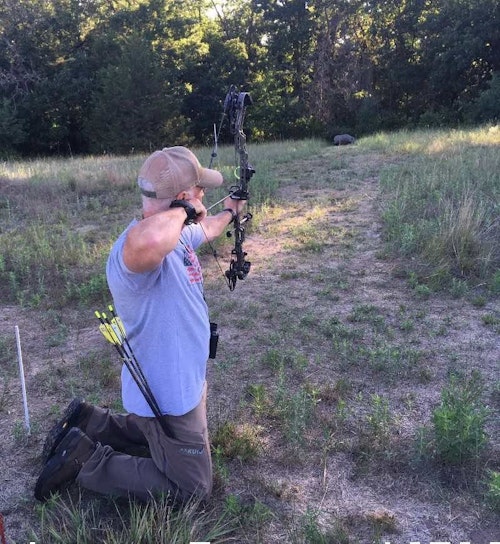
During our walk through the woods and forest openings, we occasionally take shots from the kneeling position, which is great practice for bowhunters planning a spot-and-stalk adventure for elk, mule deer or pronghorns. The only target scenario I wish was featured at the club but isn’t is an elevated platform overlooking a 3-D whitetail. This could be due to liability issues.
Two members of our group own 3-D whitetail targets, and we make sure to practice from a backyard ladder stand at the realistic deer target in prep for opening day. Even at close range (10-20 yards), it takes some practice learning where to aim on a whitetail from a treestand. The goal is for your arrow to penetrate both lungs, and to make this happen the entrance has to be high on one lung to hit the bottom of the opposite lung. Practice this shot angle to see for yourself. From a treestand distance of 15 yards, if your arrow enters a whitetail only one third of the way up from the bellyline, it’ll be too low to hit the opposite lung.
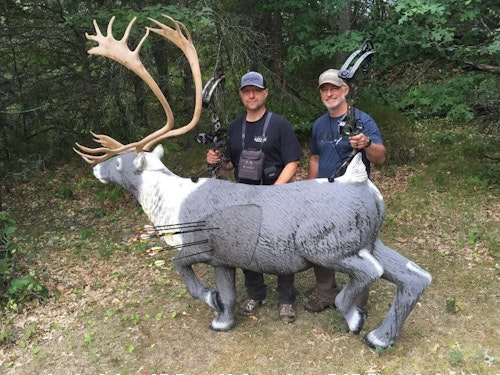
Look for a 3-D archery course within a reasonable driving distance of your home and then research when it’s available to the public. Shooting bull’s-eyes is good, but aiming at realistic 3-D targets is the best practice possible.
